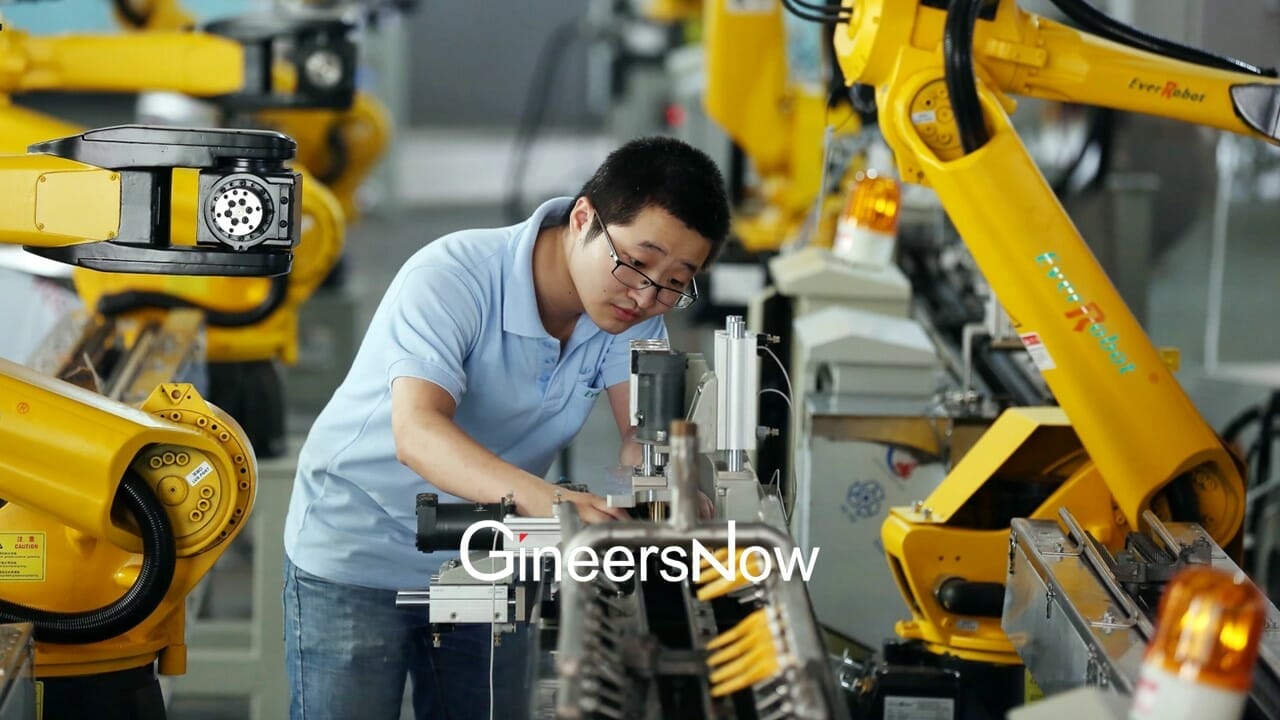Pretty sure that you are familiar with Baymax from Big Hero 6. He is a robot, a health care companion which deflates when in low battery. But what if he becomes real? What would be the perfect material for his skin so engineers could really impersonate the movie character?
The answer is here: the G-elastomer.

This Graphene-based cellular elastomer is highly sensitive to pressure and vibrations. It bounces back extremely quickly under pressure despite its exceptionally soft nature, unlike other viscoelastic substances such as polyurethane foam or rubber. It far exceeds the response range or human skin, and also has a very fast response time, way waster than conventional polymer elastomer. This unique, dynamic response has never existed before which makes it more perfect for the realization of Baymax.
But let’s wait for the ongoing development by Professor Dan Li and Dr. Ling Qiu from the Monash Centre for Atomically Thin Materials (MCATM) of Monash University in Australia.
This kind of material is seen to be useful in robotics, as its sensitivity and response time could allow a prosthetic hand or a robot to be more handy than a human, and its flexibility could allow the dawn of next generation flexible electronic devices.














